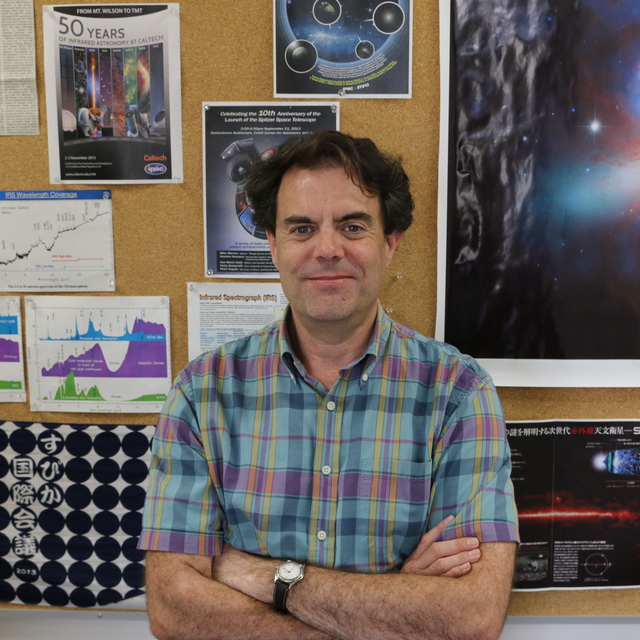August
2019
•
2019ApJ...881...70L
Authors
•
Linden, S. T.
•
Song, Y.
•
Evans, A. S.
•
Murphy, E. J.
•
Armus, L.
•
Barcos-Muñoz, L.
•
Larson, K.
•
Díaz-Santos, T.
•
Privon, G. C.
•
Howell, J.
•
Surace, J. A.
•
Charmandaris, V.
•
U, Vivian
•
Medling, A. M.
•
Chu, J.
•
Momjian, E.
Abstract
•
We present the first results of a high-resolution Karl G. Jansky Very Large Array imaging survey of luminous and ultra-luminous infrared galaxies (U/LIRGs) in the Great Observatories All-sky LIRG Survey. From the full sample of 68 galaxies, we have selected 25 luminous infrared galaxies (LIRGs) that show resolved extended emission at sufficient sensitivity to image individual regions of star formation activity beyond the nucleus. With wideband radio continuum observations, which sample the frequency range from 3 to 33 GHz, we have made extinction-free measurements of the luminosities and spectral indicies for a total of 48 individual star-forming regions identified as having deprojected galactocentric radii (r G ) that lie outside the 13.2 μm core of the galaxy. The median 3-33 GHz spectral index and 33 GHz thermal fraction measured for these “extranuclear” regions is -0.51 ± 0.13 and 65% ± 11%, respectively. These values are consistent with measurements made on matched spatial scales in normal star-forming galaxies, and suggests that these regions are more heavily dominated by thermal free-free emission relative to the centers of local U/LIRGs. Further, we find that the median star formation rate derived for these regions is ∼1 M ⊙ yr-1, and when we place them on the sub-galactic star-forming main sequence of galaxies (SFMS), we find they are offset from their host galaxies’ globally averaged specific star formation rates. We conclude that while nuclear starburst activity drives LIRGs above the SFMS, extranuclear star formation still proceeds in a more extreme fashion relative to what is seen in local spiral galaxies.
Links




